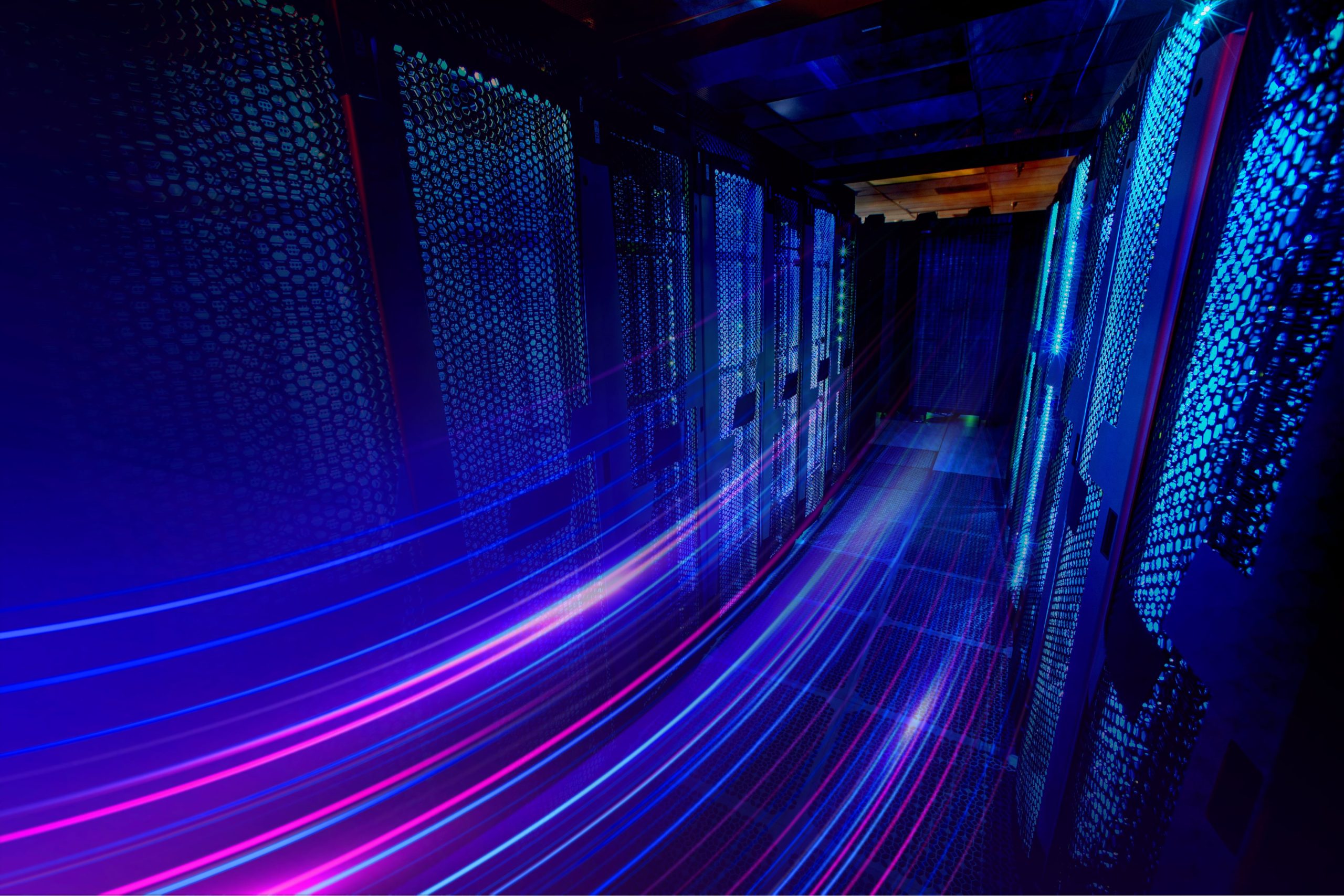In the era of rapid technological advancement, where data is the lifeblood of innovation, the concept of edge computing is revolutionizing the way we process and harness information. Edge computing, often considered the unsung hero of modern computing, is changing the game by bringing computation and data storage closer to the source—ushering in a new era of efficiency and responsiveness.
1. A Revolution in Low Latency
One of the most significant advantages of edge computing is its ability to significantly reduce latency. Traditional cloud-based systems require data to traverse great distances, causing delays that can be unacceptable in applications like autonomous vehicles and real-time analytics. Edge computing brings the processing power right to the source of data, ensuring instantaneous responses. Whether it’s enabling lightning-fast decision-making for autonomous vehicles or reducing lag in online gaming, low latency is a game-changer.
2. Reshaping Privacy and Security
Edge computing also has a profound impact on privacy and security. By processing data locally, sensitive information can remain on the device or within a localized network, reducing the risk of data breaches during transmission to a remote server. This is particularly crucial in industries like healthcare and finance where data security is paramount. With edge computing, you can enjoy the benefits of powerful data processing while keeping your data close and secure.
3. Realizing the Potential of IoT
The Internet of Things (IoT) is rapidly becoming a part of our everyday lives, and edge computing is its enabler. With billions of devices connected to the internet, processing the data generated by these devices centrally would be overwhelming. Edge computing allows IoT devices to process data locally, making them more efficient and responsive. From smart homes to smart cities, edge computing is the backbone of a more connected and automated future.
4. Scalability and Redundancy
Edge computing is highly scalable, allowing organizations to add more edge devices as needed. This scalability not only adapts to the growing demands of businesses but also enhances redundancy and resilience. Multiple edge nodes can work independently, reducing the risk of single points of failure. As a result, businesses can ensure uninterrupted operations, even in the face of hardware failures.
In conclusion, edge computing is a transformative force in the world of technology. Its ability to reduce latency, enhance privacy and security, and power the IoT revolution make it an indispensable tool for businesses and industries seeking to stay ahead in the digital age. As we look toward the future, it’s clear that edge computing is not just a buzzword; it’s a powerful paradigm shift that will shape the way we interact with data and technology for years to come.








